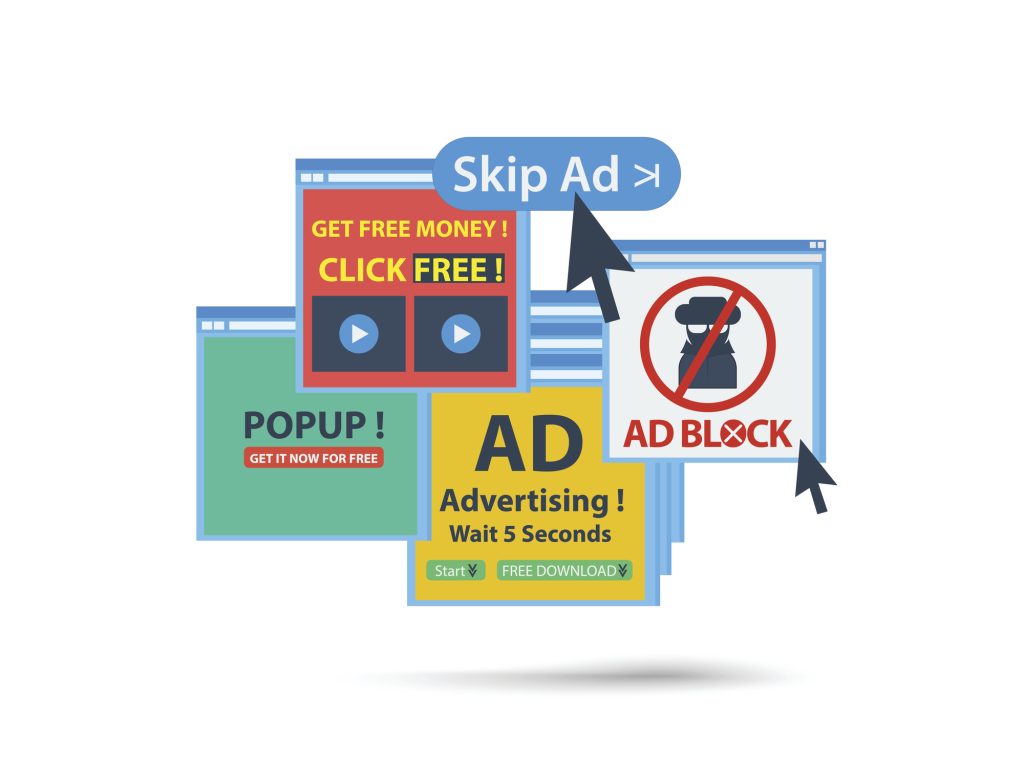
Ad blockers can be the bane of any hard-working digital marketer’s existence.
On one hand, we all know what it’s like to have our browsing experience interrupted by an unwanted pop-up or unsightly banner. On the other hand, digital ads are how brands are able to reach millions of eyes every day, as people spend more and more of their business and leisure time on the Internet.
And, quite frankly, they’re also how plenty of websites manage to stay up and generate revenue.
Even so, at the top of 2016, PageFair reported that 198 million Internet users now have ad blocking software on their computers or specific browsers. It’s a low percentage of the overall number of Internet users, but the same study estimated that a total of $21.8 billion in advertising revenue was lost to ad blockers in 2015.
So we wanted to share a few thoughts on how you can outsmart those all-too-convenient ad blockers — without having to be a software designer, computer hacker, or coding genius.
1. Advertise on videos. By layering your ad onto the video, or running an ad before the video starts, much like your traditional television ads, you’ll be able to evade most ad blockers. YouTube might come to mind first, but it’s far from the only place to run ads successfully on native videos. Media outlets, for example, tend to commonly stream content or use video clips naturally in their stories and throughout their pages for a more interactive experience.
Be forewarned: Users don’t love unexpected auto-play on their websites, so you may lose points by putting your brand on the face of ads that annoy unexpectedly. Websites where videos are part and parcel with the experience, where the user chooses to click on them, or expects them to come up throughout their time on the site, are excellent places to look for ad placement prospects.
2. Ask your readers to turn it off. Sure, it sounds almost too simple. But many websites have preliminary, click-through landing pages asking visitors to white-list their site before they continue to the real homepage, in an effort to support the website. It briefly explains how allowing ads helps it to raise critical funds, without charging the readers or soliciting donations — or investing the time that could otherwise go toward business to raise more money that could passively come from ads. If you have a strong and long-standing relationship with a website that has a loyal following, that may be an option.
Otherwise, just having simple, non-intrusive requests throughout the pages may get some people to let ads through. And a quick email once in awhile (perhaps within a newsletter) with a reminder to change the ad blocker settings never hurts. In return, of course, the website needs to serve its visitors well by not overloading them with busy or impersonal (non-targeted) ads.
3. Integrate ads. Another great way around ad blockers is not letting them detect your marketing messages in the first place. That can be done through sponsored posts, product placement (such as in videos), or through seamless content (advertorial). You can even get creative by looking at all of the assets that already belong on the page — for example, brands are now sponsoring the “Captchas” that let you type in codes to prove that you’re not a robot when filling out forms online. Just be sure you follow current FTC guidelines for how you’re allowed to conceal or label ads online.

